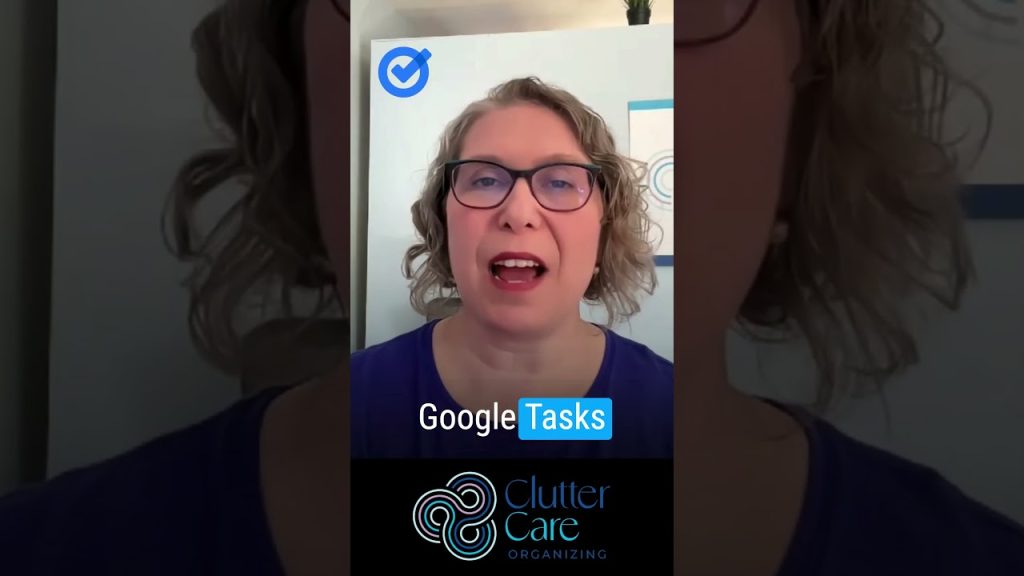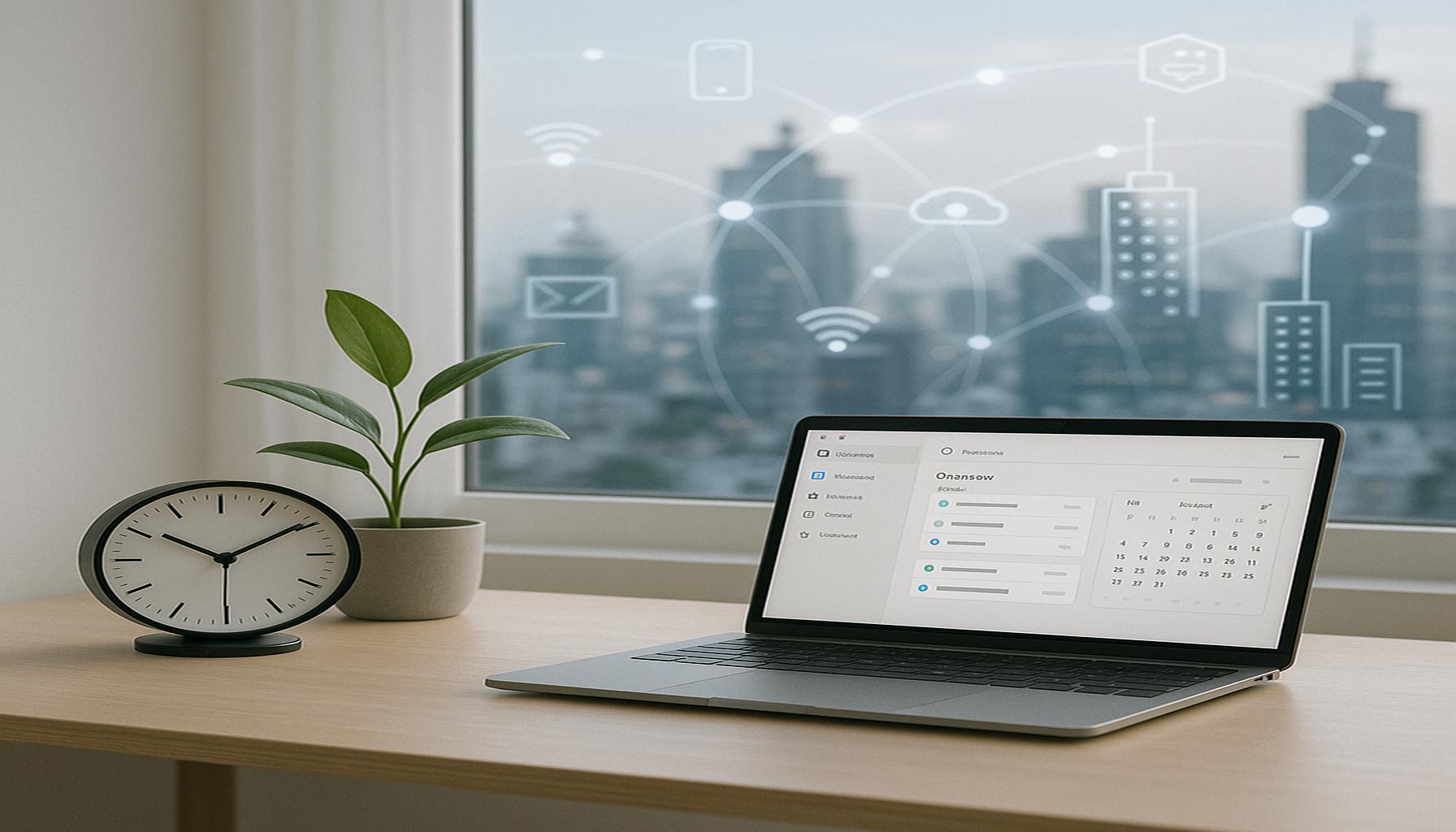Task Prioritization: Tools and Strategies for an Efficient Minimalist Organization

Understanding Task Prioritization
Effective task prioritization plays a pivotal role in both individual achievement and team productivity, especially in the era of constant connectivity. As many professionals juggle multiple responsibilities, the skills to discern what tasks are genuinely essential have become increasingly valuable. Prioritizing tasks not only aids in meeting deadlines but also fosters a sense of accomplishment and mitigates the anxiety commonly associated with heavy workloads.
Many people face the familiar challenge of “to-do fatigue,” a scenario where a lengthy list of tasks becomes overwhelming. This bombardment of responsibilities can lead to decreased motivation and burnout. To counter this, strategies like the following can help streamline your daily activities:
- Principle of Essentialism: This approach encourages individuals to focus solely on what is absolutely necessary. By identifying core activities that align closely with your values and goals, you can eliminate time-wasting tasks. For instance, a marketing professional may find that attending several networking events is less beneficial than dedicating time to creating a high-quality presentation that could drive key client relationships.
- Time Blocking: This technique involves dividing your day into specific segments dedicated to particular tasks or types of work. This not only helps in managing time better but also reinforces commitment to completing a task during its assigned block. For example, a student might allocate mornings for studying and reserve afternoons for extracurricular activities, thus maximizing learning while maintaining balance.
- The Eisenhower Matrix: Developed by former U.S. President Dwight D. Eisenhower, this tool assists in categorizing tasks based on urgency and importance. Tasks are differentiated into four quadrants to clarify what requires immediate action, what may be scheduled for later, what can be delegated, and what should potentially be discarded. This structured method transforms task management from chaotic to orderly.
Utilizing Task Management Tools
Incorporating technology into your task management strategy can significantly enhance effectiveness. The following tools are particularly useful:
- Trello: Known for its visually engaging interface, Trello helps manage tasks through boards, lists, and cards, giving users a clear overview of progress and deadlines. It’s particularly effective for collaborative projects, allowing teams to assign tasks and track contributions in real time.
- Todoist: This powerful task manager is designed to keep your to-do list organized and prioritized. It features intuitive categorization options, reminding users of deadlines and upcoming responsibilities, thus ensuring floating tasks don’t slip through the cracks.
- Notion: As a highly adaptable workspace, Notion allows users to customize their task management needs, integrating notes, databases, and calendars into one cohesive platform. This versatility makes it ideal for personal and team projects alike.
Creating a Minimalist Framework for Efficiency
Building an efficient minimalist organization goes beyond merely keeping a tidy workspace. It encompasses a holistic approach to prioritizing tasks and managing time effectively. Adopting minimalist principles in your workflow promotes clarity and focus, reducing mental clutter that hinders productivity.
By utilizing the tools and techniques discussed, individuals can reclaim control over their schedules and achieve greater efficiency. As you embrace these principles and strategies, you will likely discover that your organizational habits become more refined and prioritization becomes an effortless aspect of your daily routine. Take the first step toward transformation by exploring these methods and observing the newfound sense of accomplishment that follows.

DISCOVER MORE: Click here to enhance your personal organization
The Importance of Task Prioritization
Task prioritization is not just a buzzword in productivity circles; it is a fundamental aspect of effective time management that has far-reaching implications for personal and professional success. As we navigate our busy lives, the ability to determine what deserves our immediate attention can be the difference between success and stagnation. Studies have shown that individuals who excel at prioritizing their tasks often report lower stress levels and higher satisfaction in both their personal and work lives, underscoring the necessity of mastering this skill.
One of the key benefits of effective task prioritization is the ability to allocate resources wisely, particularly time and energy. In an age where distractions are rife and our attention is frequently pulled in multiple directions, establishing a clear hierarchy of tasks can help individuals focus on what truly matters. This not only enhances individual productivity but also fosters a culture of efficiency within teams, as colleagues learn to align their efforts toward common goals.
Key Strategies for Effective Task Prioritization
Implementing strategies for effective task prioritization can transform how you approach your daily responsibilities. Here are some proven strategies to help streamline your workflow:
- SMART Goals Framework: By setting SMART (Specific, Measurable, Achievable, Relevant, Time-bound) goals, individuals can clarify their objectives and prioritize tasks that contribute directly to fulfilling those goals. For instance, rather than stating “I want to improve my marketing skills,” one could set a SMART goal like “I will complete an online course on digital marketing by the end of the month.” This allows for prioritization based on specific outcomes.
- ABC Method: This simple yet powerful method categorizes tasks into three groups: A (most important), B (important but less critical), and C (least important tasks). By focusing first on A tasks, individuals can tackle what brings the most value, ensuring their time is spent on actions that advance their objectives.
- Daily Review Ritual: At the end of each day, reviewing accomplishments and setting priorities for the next day can drastically improve focus and productivity. This ritual not only provides insight into what has been achieved but also allows for adjustments based on shifting priorities or deadlines.
By integrating these strategies into your life, you can cultivate a stronger understanding of how to prioritize effectively. Ultimately, successful prioritization is about making conscious decisions that align with both immediate needs and long-term goals, a concept that resonates deeply in today’s fast-paced environment.
Task Prioritization Techniques
In the realm of minimalist organization, effective task prioritization is vital to ensure that individuals can focus on what truly matters. The most successful strategies often involve categorizing tasks based on urgency and importance. A popular method is the **Eisenhower Matrix**, which divides tasks into four categories: urgent and important, important but not urgent, urgent but not important, and neither urgent nor important. This visual framework helps in making quick decisions about where to allocate time and resources.Another effective strategy is the **Pomodoro Technique**. This approach encourages working in focused intervals, typically 25 minutes long, followed by short breaks. Not only does this method maximize concentration, but it also prevents burnout, allowing for sustained productivity throughout the day.Additionally, utilizing **task management tools** such as Trello or Asana can enhance your organizational efforts. These platforms allow users to create boards, lists, and tasks, facilitating clearer visibility over projects while streamlining collaboration. The digital organization aligns well with minimalism, promoting simplicity in managing workloads.Furthermore, regularly reviewing and adjusting task priorities is critical. By setting aside time weekly to reflect on task completion and future obligations, individuals can remain agile rather than overwhelmed. Adopting reflective practices fosters continuous improvement, ensuring that goals align with evolving priorities.
| Category 1 | Category 2 |
|---|---|
| Eisenhower Matrix | Visual tool for categorizing tasks by urgency and importance |
| Pomodoro Technique | Focus projects through time management with short breaks |
Embracing these strategies will not only assist in enhancing productivity but also lead to a more organized, minimalist lifestyle. By learning how to prioritize effectively, individuals can manage their time efficiently, ensuring that their efforts are meaningful and rewarding.
DISCOVER MORE: Click here to enhance your daily routine
Leveraging Technology for Task Management
In the modern era, technology offers a plethora of resources that can enhance task prioritization and elevate organizational efficiency to new heights. From simple to-do list applications to comprehensive project management tools, there are options tailored for every individual’s needs. Utilizing these digital platforms can streamline processes and ensure that nothing falls through the cracks.
Task Management Software such as Trello, Asana, and Todoist empower users to visualize their workload. For instance, Trello employs a board and card system that allows users to categorize tasks based on priority and progress. By dragging and dropping cards into designated columns, individuals can quickly assess what needs urgent attention versus what can wait, fostering an organized workspace and minimizing overwhelm.
Collaboration Tools like Slack or Microsoft Teams further enhance the prioritization process, especially in team settings. These platforms facilitate real-time communication, ensuring that team members are aligned on shared objectives and priorities. Notifications and reminders can also be set to keep everyone on track, ensuring that critical tasks are addressed promptly.
The Eisenhower Matrix: A Visual Approach
The Eisenhower Matrix is another effective tool for prioritization that helps individuals distinguish between what is urgent and important. Originating from a quote attributed to President Dwight D. Eisenhower, the matrix segments tasks into four quadrants:
- Quadrant I: Urgent and Important – Tasks that require immediate action.
- Quadrant II: Not Urgent but Important – Tasks that contribute to long-term goals.
- Quadrant III: Urgent but Not Important – Tasks that can be delegated or postponed.
- Quadrant IV: Neither Urgent nor Important – Tasks that can be eliminated or minimized.
This visual framework encourages individuals to avoid the trap of constantly reacting to urgent matters while ignoring their long-term aspirations. By allocating time to Quadrant II activities, individuals enhance their skills and work towards meaningful growth.
Time Blocking: Structuring Your Day
Another remarkable strategy is time blocking, where specific hours of the day are allocated to particular tasks or categories of tasks. This tactical approach allows individuals to dedicate uninterrupted time to high-priority tasks, minimizing distractions from the outside world. For example, a marketing professional might block two hours for content creation each morning, utilizing this focused time to work on high-impact deliverables. Research indicates that people tend to perform better and produce higher quality work when distractions are minimized, making time blocking a preferable option for efficient task management.
Reflection and Adaptation
Finally, it’s essential to recognize that task prioritization is not a one-time effort but rather a continuous process that requires reflection and adaptation. Regularly evaluating what methods are working and what areas need improvement can lead to significant enhancements in both personal and professional realms. Many successful individuals incorporate weekly reflections into their routines to assess outcomes, address challenges, and adjust strategies accordingly. Embrace this concept of continuous improvement to fully harness the benefits of prioritized task management.
Incorporating these tools and strategies not only aids in effective task prioritization but also aligns perfectly with minimalist organizational principles. The more streamlined and clear your approach, the more likely you are to succeed in achieving your goals without the clutter of overwhelming commitments.
DIVE DEEPER: Click here to discover effective strategies
Conclusion
In today’s fast-paced world, mastering task prioritization is not merely an option but a necessity for achieving success and maintaining a minimalist organization. The strategies and tools discussed provide a robust framework for managing time efficiently while avoiding the overwhelm that often accompanies busy lives. By leveraging technology such as task management software and collaboration tools, individuals and teams can stay organized, focused, and aligned on their most pressing priorities.
Furthermore, employing techniques like the Eisenhower Matrix allows for a visual breakdown of tasks, aiding in the distinction between urgency and importance. This approach not only promotes better decision-making but also encourages a proactive stance toward long-term goals. Coupled with time blocking, which carves out dedicated periods for concentrated work, individuals can significantly boost their productivity and the quality of their output.
Ultimately, the journey of task prioritization is ongoing. Regular reflection and adaptation are crucial in refining these practices to suit evolving personal and professional landscapes. Emphasizing continuous improvement, individuals can discover what techniques resonate best with their unique workflows, leading to heightened efficiency. As the clutter of excessive commitments diminishes, the pathway to greater achievements becomes clearer, reinforcing the essence of minimalism in everyday life.
By embracing these tools and strategies, anyone can cultivate an environment where clarity reigns, and productivity flourishes, making task prioritization not just a method, but a way of life.


